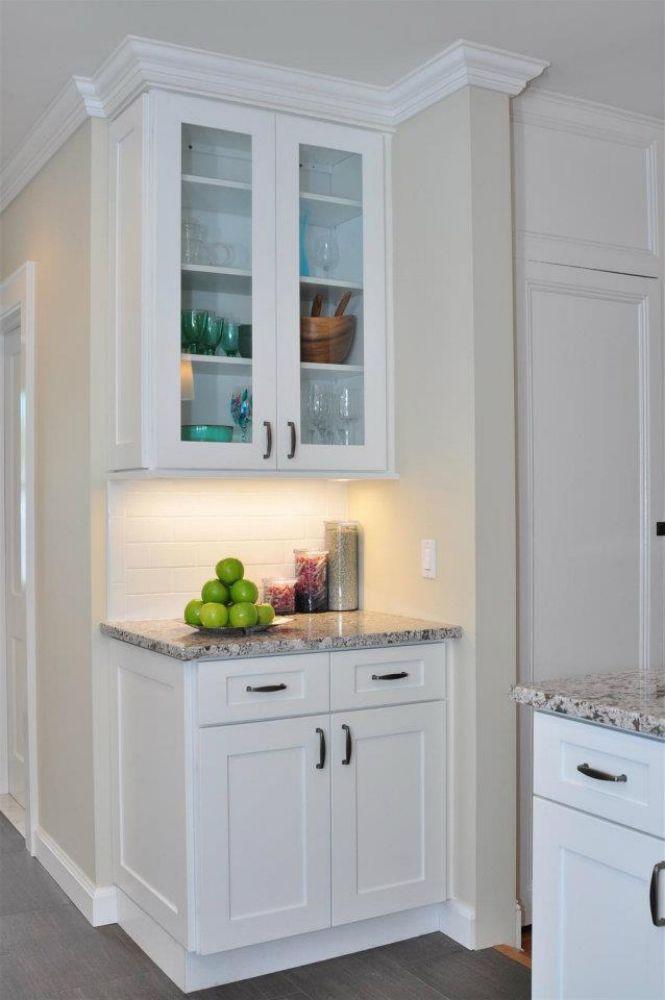Keeping your kitchen clean goes beyond scrubbing counters and mopping floors—your cabinets deserve just as much care. Over time, grease, grime, fingerprints, and even cooking odors can build up on cabinet surfaces, making them look dull and worn. Learning the best way to deep clean your kitchen cabinets will not only restore their beauty but also extend their lifespan. With the right techniques and a structured approach, you can make your cabinets shine like new while maintaining a healthy, pet friendly environment for your home.
Preparing for a Deep Clean
Before you begin cleaning, it’s important to prepare your space. Empty all cabinet contents so that you can reach every corner and avoid contaminating food or kitchen items. Remove shelving if possible, and gather supplies such as microfiber cloths, gentle dish soap, warm water, white vinegar, baking soda, and a soft-bristled brush. These items are safe, effective, and readily available.
If your cabinets have delicate finishes like high-gloss, matte, or natural wood, test your cleaning solution on a small, hidden spot first. This step ensures that you don’t cause damage or discoloration while cleaning.
Choosing the Right Cleaning Solution
The ideal cleaner depends on the type of cabinets you own. Painted or laminate cabinets can be cleaned with a mixture of mild dish soap and warm water. For natural wood, you may want to use a vinegar-and-water solution, which is both effective and eco-friendly. Stubborn grease stains can be treated with a paste of baking soda and water, applied gently with a soft cloth.
Avoid harsh chemicals, abrasive pads, or bleach-based cleaners, as these can strip finishes, scratch surfaces, or leave behind strong odors that may not be suitable for a pet friendly home.
Step-by-Step Guide to Deep Cleaning
-
Dust and Vacuum: Start by removing loose dust and crumbs with a vacuum cleaner or microfiber cloth. Pay attention to corners, edges, and grooves where debris tends to collect.
-
Wipe Down with Soapy Water: Dip a cloth in warm, soapy water, wring it out, and wipe down the cabinet doors, frames, and sides. For greasy spots, apply more pressure or repeat the process.
-
Tackle Grease Buildup: For tough spots near the stove, use baking soda paste or vinegar solution. Apply it gently, let it sit for a few minutes, and wipe clean.
-
Clean Interior Surfaces: Wipe shelves, walls, and drawers inside the cabinets. If shelving is removable, clean them separately for a more thorough job.
-
Detailing Hardware: Use a soft brush or toothbrush dipped in soapy water to clean handles, knobs, and hinges. Wipe dry immediately to prevent rust.
-
Rinse and Dry: Rinse with a damp cloth and immediately dry with a microfiber towel to avoid water damage.
This process helps protect both framed and frameless cabinets, ensuring no buildup is left behind.
Maintaining Cabinet Finishes
After deep cleaning, maintaining your cabinet finish is crucial. Apply a wood conditioner or polish (for natural wood) to protect against drying and cracking. For painted or laminate surfaces, a regular wipe-down with mild soap and water is enough to maintain their sheen.
Make it a habit to quickly clean spills and splatters as they happen. This prevents long-term staining and reduces the need for frequent deep cleaning.
Preventing Future Buildup
Prevention is just as important as cleaning. Here are some tips:
-
Use range hoods when cooking to reduce grease accumulation.
-
Wipe cabinet surfaces weekly with a damp microfiber cloth.
-
Store food items in airtight containers to prevent odors and spills.
-
Consider using shelf liners inside cabinets for easier maintenance.
By practicing these habits, your cabinets will stay cleaner for longer, requiring only occasional deep cleaning.
Why Choose Us?
At My Kitchen Cabinets, we understand how important it is to protect the heart of your home. Our focus is not just on providing high-quality cabinets but also on helping you care for them. From expert design guidance to long-lasting materials, we ensure every cabinet is built to withstand everyday life while remaining stylish and practical. Our commitment to quality and a pet friendly approach ensures that your family, including your four-legged friends, can enjoy a safe and beautiful kitchen.
Conclusion
Deep cleaning kitchen cabinets may feel like a big task, but with the right approach, it becomes manageable and rewarding. By preparing properly, using safe and effective cleaners, and following a step-by-step process, you can restore the shine and beauty of your cabinets. Preventive care and regular upkeep will make your cabinets last longer, keeping your kitchen both functional and inviting.
A little time spent on cabinet care now saves you from costly repairs or replacements later. Clean cabinets not only elevate the look of your kitchen but also create a healthier and more enjoyable space for your family.
Frequently Asked Questions
Q: What is the best way to deep clean kitchen cabinets?
A: The best method involves removing cabinet contents, dusting surfaces, cleaning with warm soapy water or vinegar solutions, addressing grease with baking soda paste, rinsing, and drying thoroughly. Always use gentle products that preserve the cabinet’s finish.
Q: How often should I deep clean my kitchen cabinets?
A: Most kitchens benefit from a deep clean every 3–6 months. However, high-traffic households or frequent cooking may require more frequent cleaning.
Q: Can vinegar damage wood cabinets?
A: Diluted vinegar is safe for most wood finishes when used sparingly. Always test on a hidden spot first and avoid leaving excess moisture on the wood.
Q: What is the safest cleaner for a pet friendly home?
A: Mild dish soap, baking soda, and diluted vinegar are all safe, eco-friendly options that work effectively without harsh chemicals.
Q: Should I remove the cabinet doors before cleaning?
A: It isn’t always necessary, but if you want a more thorough clean or plan to repaint, removing the doors can help you access hard-to-reach areas.

